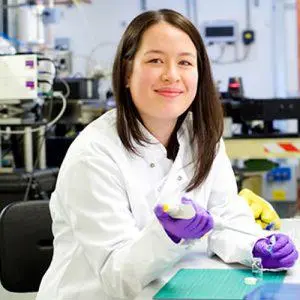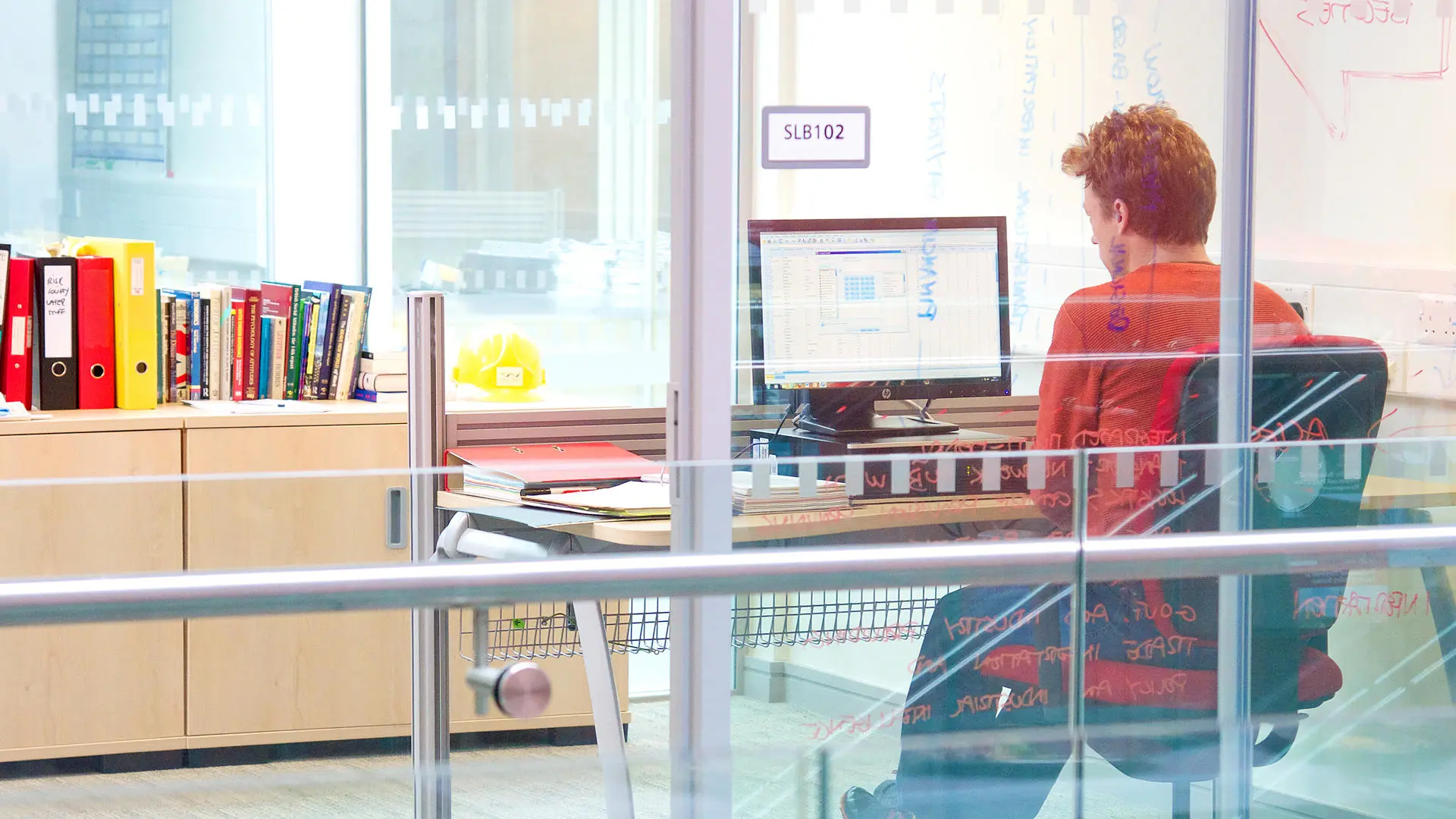Infectious diseases remain a major cause of death in the UK, particularly amongst the very young and the elderly.
The rapid rise of antibiotic resistance amongst bacterial infection agents means the world could be facing a global epidemic and possibly a post-antibiotic era in which drugs of last resort no longer work. The fight is on to discover how these superbugs are able to develop resistance to such powerful antibiotics and one of our PhD students is playing a part in tackling this world-wide problem.
Charlotte Hughes, from the School of Pharmacy and Biomedical Sciences, has spent the last few years focusing on an antibiotic called vancomycin, often used as a last resort drug against antibiotic-resistant bacteria which is found in hospital-acquired infections such as Methicillin-resistant Staphylococcus aureus (MRSA). In recent years superbugs such as MRSA have shown signs of resistance towards vancomycin and other penicillin antibiotics, causing concern for Public Health England.

Charlotte’s research, jointly funded by the University and Diamond Light Source, the UK’s national synchrotron science facility, focuses on finding out what causes the antibiotic-resistant bacteria to mutate and resist treatment.
Charlotte, 24, said: “Generally, resistance towards a particular antibiotic arises as a result of the use of the antibiotic – almost a survival response of the bacteria. Antibiotics work by disrupting specific cellular processes to weaken and kill the bacteria. So once one organism is able to avoid being killed by the war on superbugs drug, the trait that has enabled them to survive quickly spreads throughout the population”.
In the past, once resistance towards a drug had become widespread, alternative drugs were used, but this has helped to fuel the growth of resistant organisms. “A major problem with treating bacteria found in hospital-acquired infections is that they are naturally resistant to many commonly used antimicrobial drugs, which kill microorganisms, and are gaining resistance towards previously effective antibiotics such as the glycopeptide vancomycin, considered the ‘last-line’ antibiotic for the treatment of MRSA. My work aims to investigate the activating signals leading to the onset of resistance towards vancomycin in hospital acquired infections, with the long-term hope that it may aid the development of novel antimicrobial drugs which are able to bypass the current pathways for resistance.”
Charlotte’s research recently received wider recognition when she was invited to present her work in Parliament as part of a national competition. SET for Britain invites 210 early career science researchers from around the country to present their work to politicians and a panel of expert judges. “This is one of the finest ways of engaging with the public through our research, hopefully encouraging as much excitement for our work in others as we have ourselves,” she added.
By taking advantage of the state-of-the-art facilities at the Diamond Light Source, Charlotte has immersed herself in an environment used by more than 3,000 academic and industrial researchers across a wide range of disciplines. “The joint studentship has given me a widespread scientific appreciation and provided opportunities to gain experience in a range of techniques and learn from experts in diverse fields,” she said. “Additionally, as the studentship has exposed me to both academic and industrial environments, it has prepared me to make informed decisions about my future career pathway.”

